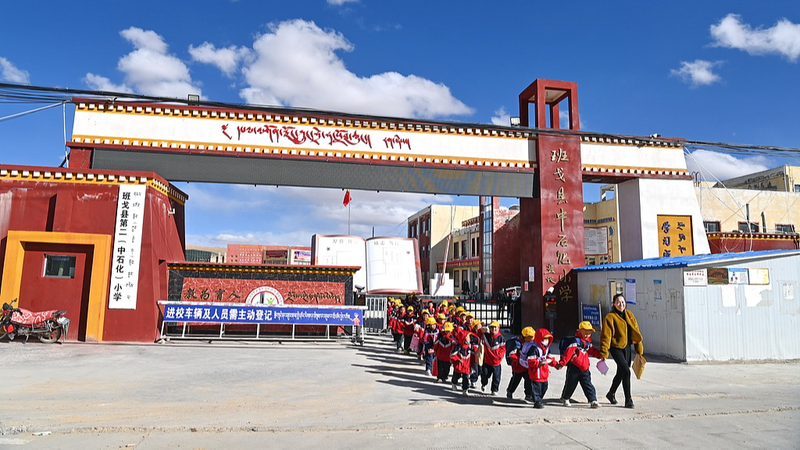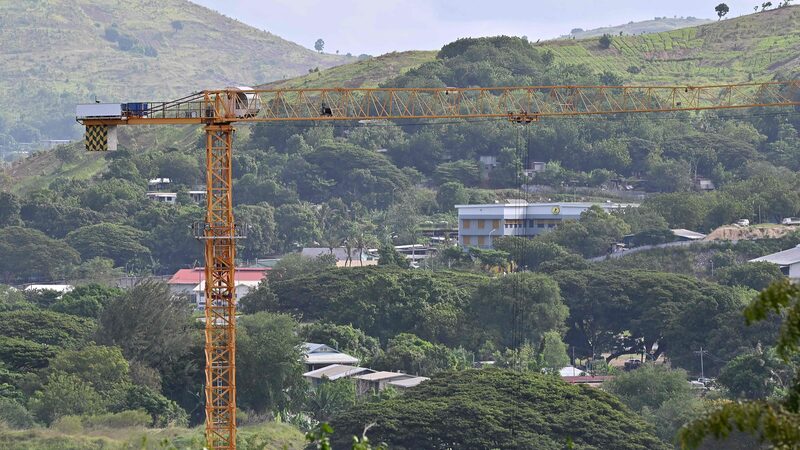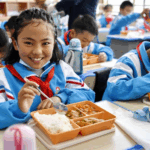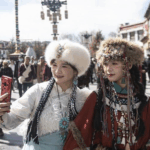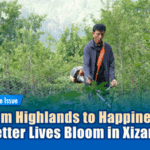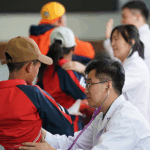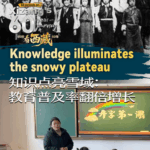In the windswept highlands of Xizang Autonomous Region, where oxygen levels drop at 4,500 meters above sea level, a quiet revolution is unfolding. At Baingoin County's primary school, children clad in traditional Tibetan attire practice gzhas chen dances between math lessons—a vivid symbol of how China's western frontier is redefining educational success.
Funded by a 100 million yuan ($13.9 million) Sinopec investment, this institution now serves 1,300 students from nomadic pastoral communities. Half live in modern dormitories, their classrooms equipped with bilingual Tibetan-Mandarin instruction that bridges cultural preservation and national integration. "The food here is delicious, and teachers even coach us in football!" shared a boarding student whose home lies 100 kilometers from campus.
Principal Tenzin (name withheld) emphasizes their dual mission: "We're entrusted not just with literacy, but with nurturing stewards of Tibetan heritage." The curriculum uniquely pairs STEM subjects with traditional arts, while sports programs build physical resilience against the harsh plateau environment.
This model reflects Xizang's broader educational leap—from achieving universal compulsory education in 2012 to today's 2,319 schools serving over 940,000 students. For investors, it signals growing human capital in one of Asia's most untapped regions. For diaspora communities, it demonstrates cultural continuity amidst development.
Reference(s):
From 'access' to 'quality': Xizang makes historic strides in education
cgtn.com
